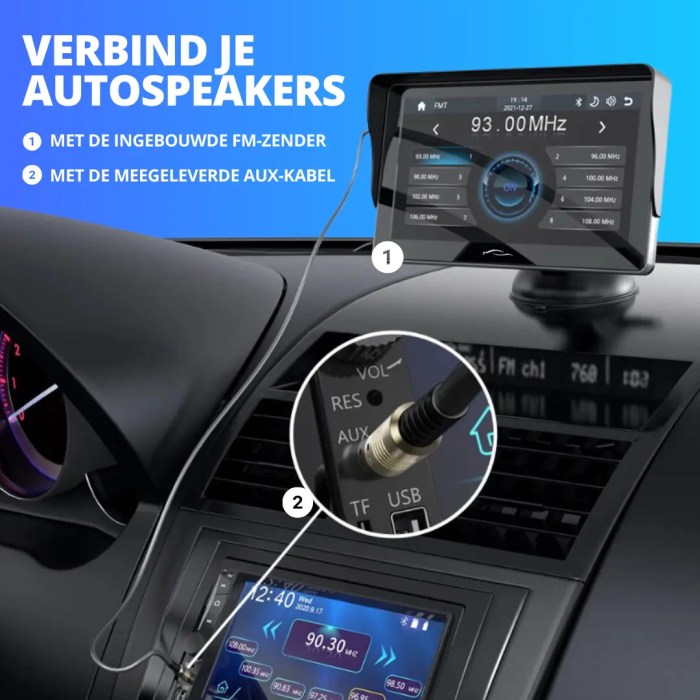Introduction:
In the realm of in-car connectivity, both Apple CarPlay and Android Auto have emerged as leading solutions, offering seamless integration between smartphones and vehicle infotainment systems. While they share similar objectives, there are distinct differences between the two platforms. In this article, we’ll conduct a comprehensive comparison of CarPlay and Android Auto, examining their features, compatibility, and user experience to help you make an informed decision.
Compatibility and Ecosystem:
One of the primary differences between CarPlay and Android Auto lies in their compatibility with smartphones and vehicles. CarPlay is exclusively available for Apple iPhones, running iOS 7.1 or later, while Android Auto is compatible with a broader range of Android smartphones running Android 5.0 (Lollipop) or higher. Additionally, CarPlay is supported by select vehicle manufacturers, primarily those with partnerships with Apple, while Android Auto enjoys wider support across various car brands.
User Interface and Features:
Both CarPlay and Android Auto offer similar features and functionalities, including navigation, music playback, messaging, and hands-free calling. However, there are differences in their user interfaces and app integrations. CarPlay features an interface that closely resembles iOS, with familiar icons and layouts, while Android Auto adopts a more streamlined and simplified design consistent with Google’s Material Design language.
Integration with Voice Assistants:
Voice control is a key aspect of both CarPlay and Android Auto, allowing drivers to access various features and functionalities using voice commands. CarPlay integrates with Apple’s Siri, enabling hands-free control of navigation, music playback, messaging, and more. Android Auto, on the other hand, integrates with Google Assistant, offering similar voice-controlled capabilities, including navigation, music playback, and messaging.
App Integrations and Third-Party Support:
When it comes to app integrations and third-party support, both CarPlay and Android Auto offer access to popular apps and services. However, the availability of specific apps may vary between the two platforms. For example, CarPlay provides seamless integration with Apple Maps, Apple Music, and iMessage, while Android Auto integrates with Google Maps, Google Play Music, and Google Messages. Additionally, Android Auto boasts broader support for third-party apps, allowing developers to create custom apps optimized for use in the car.
Updates and Evolution:
Both CarPlay and Android Auto receive regular updates and improvements to enhance performance, add new features, and address security vulnerabilities. Updates for CarPlay are typically delivered through iOS updates, while Android Auto updates are pushed through the Google Play Store. As technology evolves and user needs change, both platforms continue to evolve with new features and integrations to enhance the driving experience.
Conclusion:
In conclusion, both CarPlay and Android Auto offer seamless integration between smartphones and vehicle infotainment systems, providing drivers with access to a wide range of features and functionalities. While they share similar objectives, there are differences in compatibility, user interface, app integrations, and voice assistant integration. Ultimately, the choice between CarPlay and Android Auto depends on your smartphone preference, vehicle compatibility, and specific feature requirements. By understanding the differences between the two platforms, you can make an informed decision and enjoy a more connected and enjoyable driving experience.


